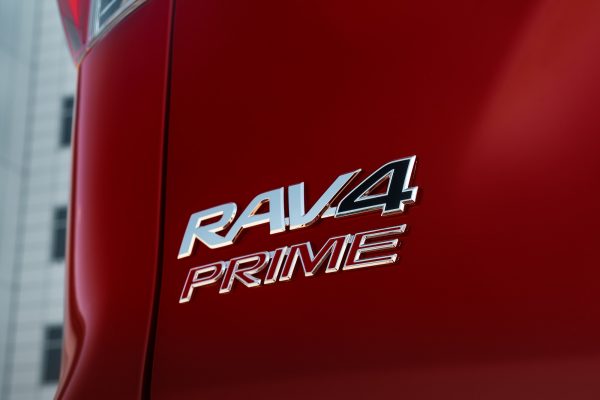Toyota's RAV4 Prime is one of the better plug-in hybrids we've tested. Its 18.1 kWh lithium-ion battery gives it a solid electric-only range of about 40 miles, and its highly efficient Atkinson cycle engine means more than 40 mpg even when the battery is tapped out. But owners of model-year 2021 RAV4 Primes have a trip to the dealership in their future.
Toyota is recalling 16,680 2021 RAV4 Primes to fix a software bug that could cause the lithium-ion traction battery to discharge too much, shutting down the hybrid system in the process.
To be more specific, the problem can occur in cold weather. If the RAV4 Prime has been driven continuously in "EV mode," (just using the plug-in hybrid battery, not the internal combustion engine) and the accelerator pedal is then press rapidly to accelerate the vehicle, it's possible for the battery to drop below a specified threshold. "If this occurs, the vehicle will display a warning message and the hybrid system will shut down, resulting in a loss of motive power," according to the recall report.
Toyota's first inkling of a problem was a report from a European RAV4 Prime in March 2022. By April 2022, it had received two more reports of RAV4 Primes losing power, one in Japan and another in Europe. All three crossovers had their hybrid system electronic control unit (ECU) replaced, but the actual cause of the issue remained a mystery until Toyota noticed that all three vehicles were driven in cold weather in EV mode.



https://en.wikipedia.org/wiki/Hybrid_Synergy_DriveWhen Toyota says "Hybrid system", they mean the entire drivetrain, including the ICE.
View: https://www.youtube.com/watch?v=-dHeRJdrnI8